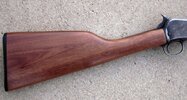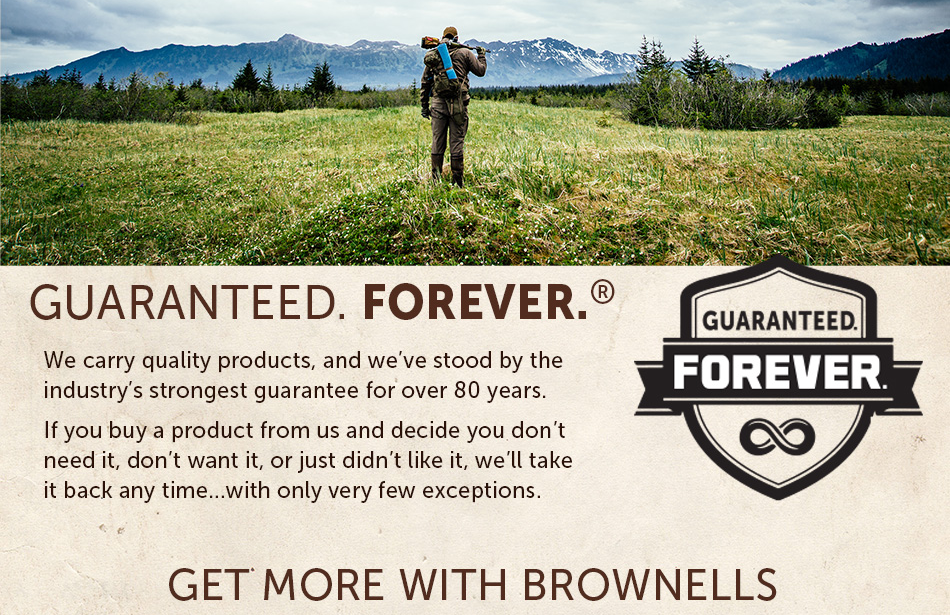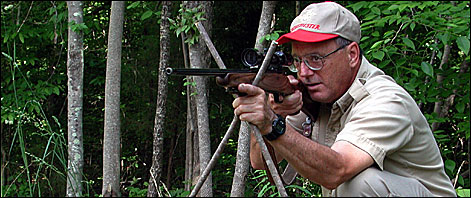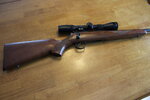elktrout
Member
How difficult is it to glass bed? I have never tried it for fear of creating a bigger problem if I mess it up.


Maybe someone can explain to us the 'Theory of glass bedding' a rifle action, so someone who's a noobie can understand WHAT it is you're trying to do

No idiot in that reply. The idiot is the one who doesn't read the instructions about using the releasing agent.
Understanding Barrel Bedding - RifleShooter
Today's factory rifles shoot better than ever before but that's not to say they can't bewww.rifleshootermag.com
At the risk of being called an idiot, the short answer is that glass bedding is one method for achieving a more solid and repeatable marriage between stock and action. There are other methods.
The ultimate goalBedding an M1A, on the other hand..ugg!
No , the true idiot is the person who thinks glass bedding an action is breaking wine glasses in your bed, and smearing the broken bits into your stock.No idiot in that reply. The idiot is the one who doesn't read the instructions about using the releasing agent.
Fiberglass and resin, or silica dust in epoxy......The ultimate goal
No , the true idiot is the person who thinks glass bedding an action is breaking wine glasses in your bed, and smearing the broken bits into your stock.
EDIT: I do want to ask, was there ever a point where they did use actual glass in rifle stocks to achieve this effect?
Wood will expand and contract as temperature, humidity and altitude change. It doesn't have to be raining. If I leave my home here in GA at 900' elevation, 85 degrees, and 80% humidity and drive to Colorado where it is 9000' elevation, 25 degrees and 20% humidity the shape of the wood will change. When it does, it places different stresses on the action and barrel causing the point of impact to change. Even if I stay in GA a rifle zeroed in August will impact somewhat different in December.Maybe someone can explain to us the 'Theory of glass bedding' a rifle action, so someone who's a noobie can understand WHAT it is you're trying to do

